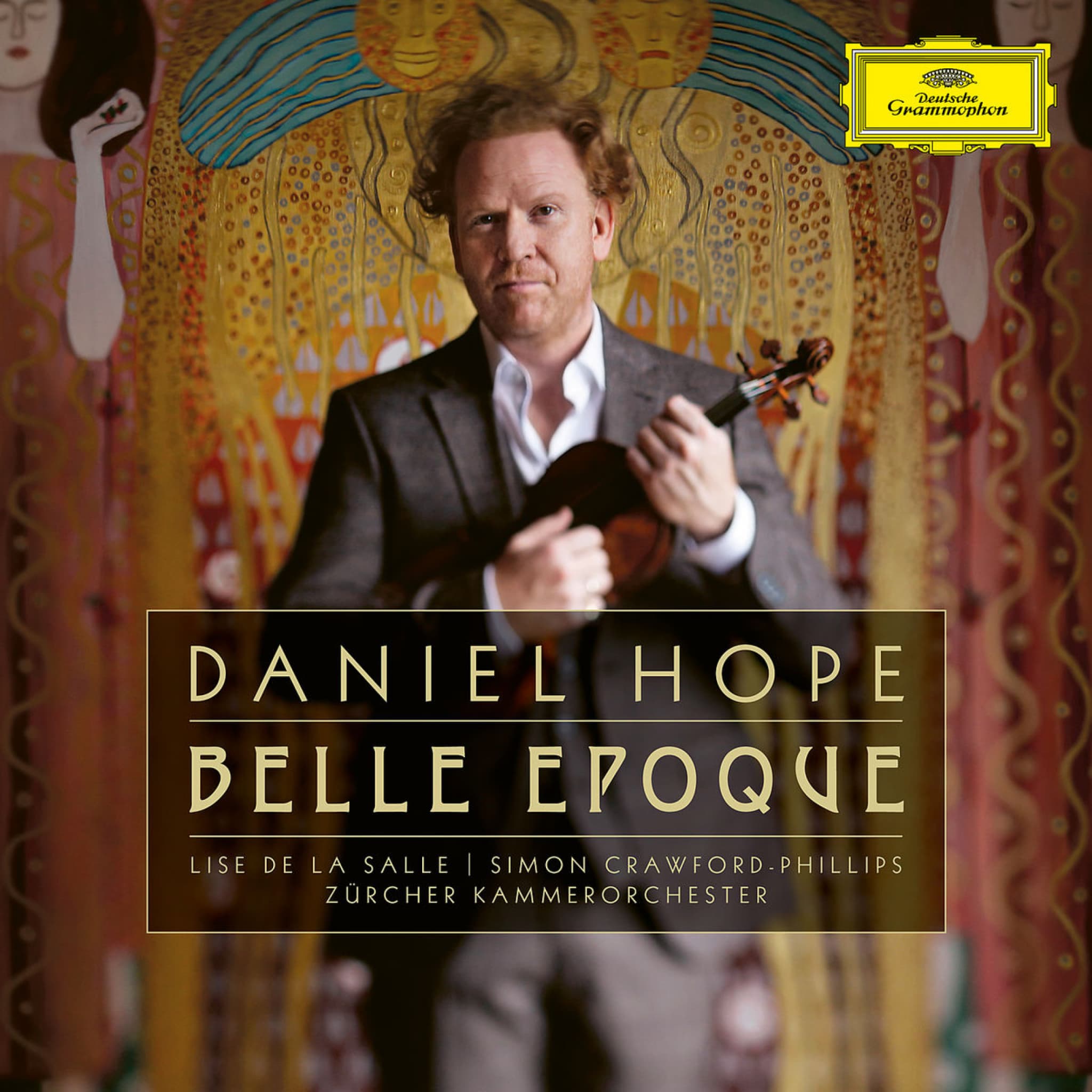Albums
About
Anton Webern

Anton Webern's roots in provincial Austro-Hungarian nobility seem unlikely as a background for one of the 20th century's boldest musical innovators – a groundbreaking modernist, and (with Schoenberg and Berg) a central figure of the so-called Second Viennese School. Childhood music studies in rural Carinthia led him to higher musical education at the University of Vienna and an encounter with Vienna's leading young modernist Arnold Schoenberg. In Schoenberg's classes Webern rapidly evolved his own musical language, and although works such as Im Sommerwind (1904) and the Passacaglia (1908) show an intense engagement with instrumental and harmonic colour, it was with the Five Movements for String Quartet (1909) that he began to crystallise a wholly new personal style characterised by extreme concision and sensitivity to timbre and sonority.
Strikingly brief, but intensely coherent and powerfully expressive, his mature works frequently make a very personal use of Schoenberg's twelve-tone system. The Five Pieces for Orchestra (1913), the Symphony (1928) and the Variations for piano (1936) and for orchestra (1940) have all exerted a lasting influence on classical music since the Second World War: Webern, however, did not live to see his legacy. He was accidentally shot and killed by the Allied occupying forces in Austria in September 1945.









